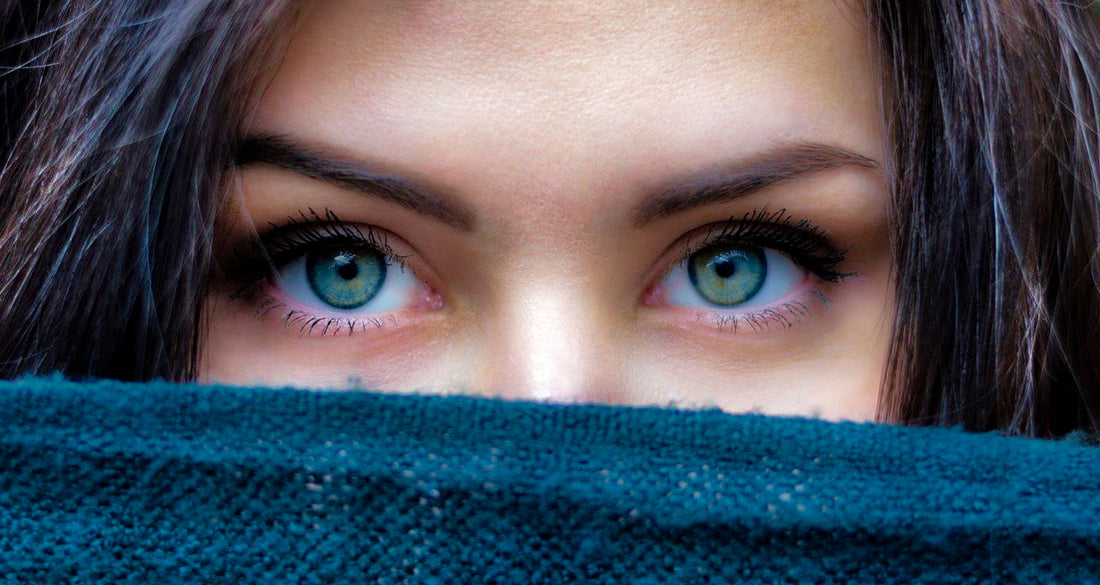
What Colour Are Your Eyes?
Share

What colour eyes have you? Blue, green, amber, hazel, red, grey or brown? The most common eye colour is brown. About 55% to 79% of the world population have brown eyes. Nearly all persons of African and Asian ancestry have brown eyes.
Perhaps one of the most romanticised colour eyes is blue. After all, it was Elton John and Gary Osborne who wrote the popular song “Blue Eyes”. Blue is the second most common eye colour and accounts between 8% to 10% of the world’s population. Hazel and Amber eyes account for about 5% of the eye colours each. In the former, it is common among people of North Africa, the Middle East, Brazil, and Spanish ancestry. On the other hand, people of South American, Asian, Spanish, and South African descent are more likely to have amber eyes.
Gray and green eyes are among the rarest, accounting about 3% and 2% respectively. Gray eyes do not contain any melanin, thus blocking blue light from reflecting, thus appearing grayc
However, in an CNN interview Dr. Gary Heiting, a licensed optometrist and the senior editor of an eye care website called All About Vision, “Everyone has melanin in the iris of their eyes, and the amount that they have determines their eye color. There’s really only (this) one type of pigment.” So there, we all have brown eyes. It’s what they appear to be, that’s the difference.
What is melanin? It is the pigment found in your skin and hair, as well as your eyes too. Since Melanin is dark brown and absorbs light, so when there is a lot of it present, it can take in more light and appears darker. So, when our hair, skin and eye colour appear darker, is because we have larger amounts of melanin present.
In the eye, the more melanin is present in the iris, the more light is absorbed. This leaves the iris appearing brown. When someone has blue eyes, it’s because they have less melanin in their iris. As a result, less light is being absorbed and more light is reflected, appearing blue.
The same principle applies to green and hazel. Differing quantities of melanin will result in different levels of light absorption. In turn, different colours are reflected, resulting in the colours the eyes appear to be.
With higher melanin levels, whether it is in the hair, skin or eyes, there’s higher protection from UV radiation. Consequently, with less melanin, a person may be susceptible from the effects of the sun.
Regardless of the colour our eyes, we all need protection from excessive exposure to the sun. That is why it is crucial to apply sunblock if we’re out in the sun often. Otherwise, we may be prone to dryer skin and wrinkles. Our eyes too, need protection. A good pair of sunglasses with UV 400 protection should do the job.
At Sunday Shades, we have a full range of sunglasses for the active sports person. They’re made specially for the Asian profile, are snug-fitting, don't bounce, ultralight and are available in the full range of colours that will suit every taste and eye colours. Of course, all of Sunday Shades have UV 400 protection and are polarized. Check out our sunnies from our shop today!
